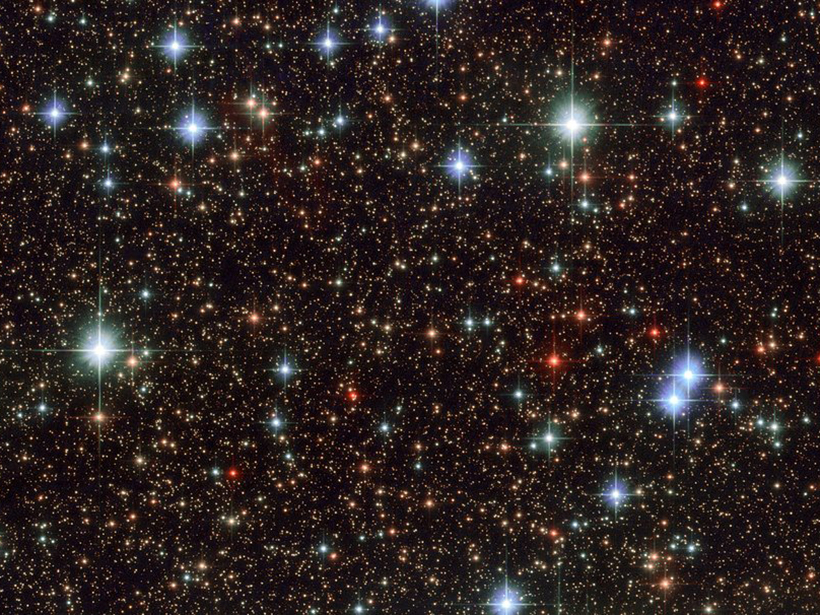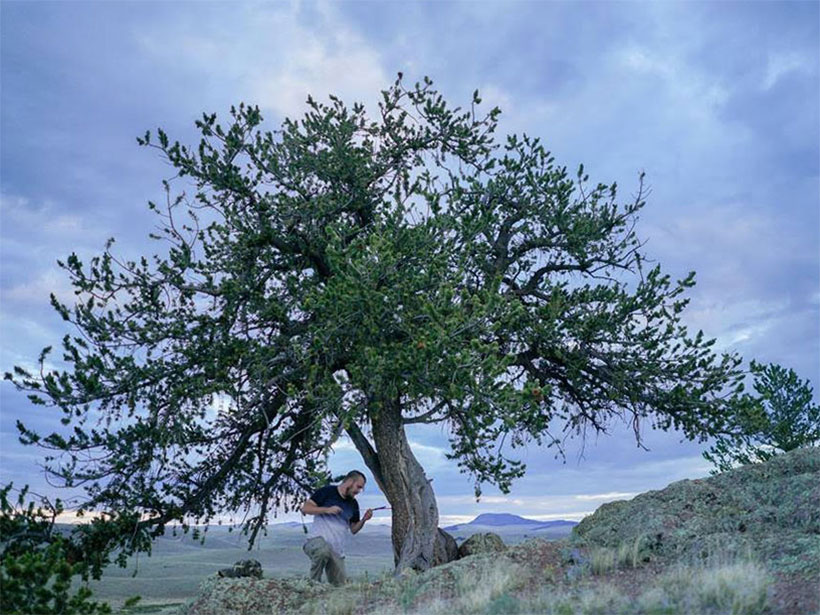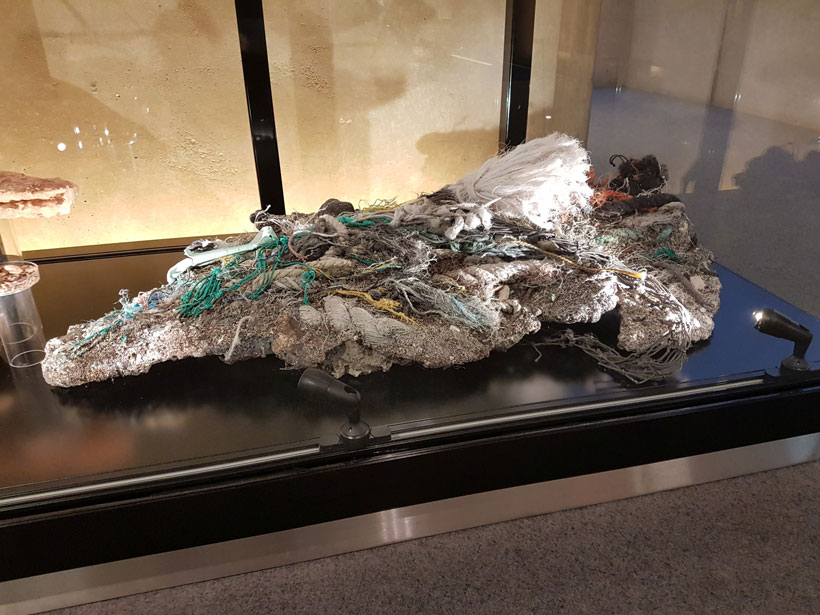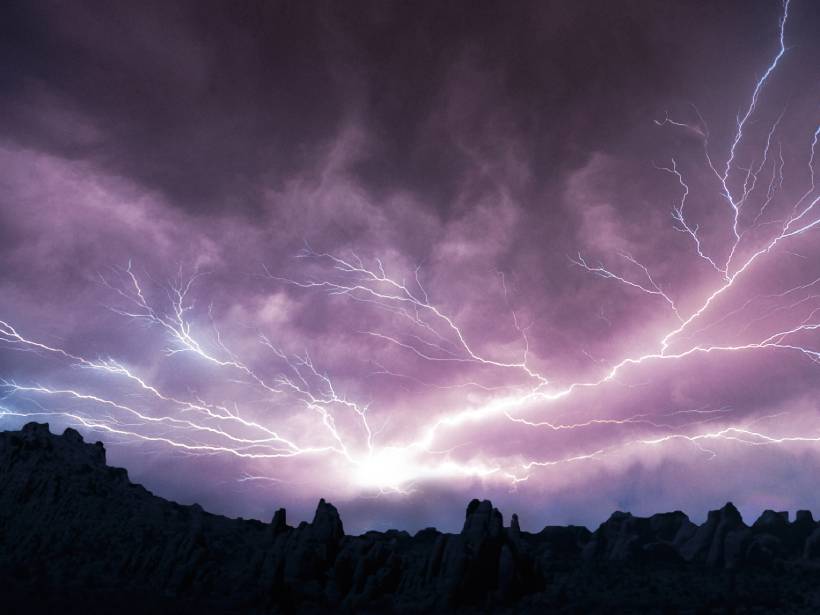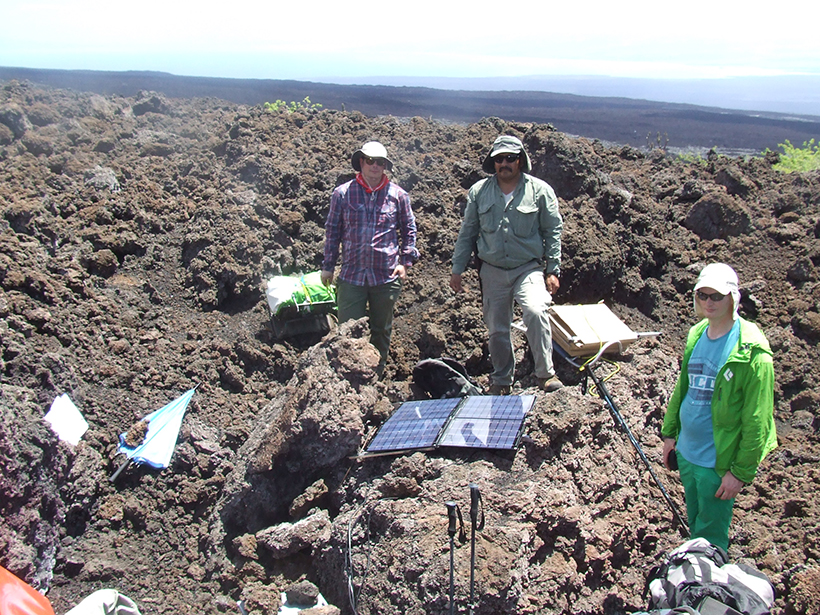Aerobots could help reveal secrets of Earth’s mysterious twin planet.
News
Aerosol Scientists Try to Clear the Air About COVID-19 Transmission
“We are basically doing what a public health agency should be doing.”
1.3 Million Pairs of Stars Surround the Sun
Roughly half of Sun-like stars have a stellar sibling, and a surprising fraction of those siblings are identical twins.
Why Trillions of Jellyfish Washed Ashore from Canada to California
Although warming oceans may make population booms and mass strandings more common, the species may ultimately be one of the beneficiaries of climate change.
Podcast: What Tree Rings Can Tell Us About the U.S. Civil War
Climate change–induced drought may have had an influence on the Civil War.
Ancient, Acidic Lakes May Have Harbored Life
A new analysis of South African sediments hints that acidic lakes may have leached minerals necessary for biotic life.
Red Rocks: Using Color to Understand Climate Change
A recent study on hematite formation during the Triassic may help predict the effects of climate change on contemporary monsoonal environments.
The Difficulty of Defining the Anthropocene
Humans may be in a new geologic epoch—the Anthropocene—but different groups define its start at varied times. When should the Anthropocene have begun?
Arctic Lightning Up 300% in One 11-Year Study
The increase may be due to climate change, researchers suggest, but the trend hasn’t been observed in other lightning data sets.
Observing a Galápagos Volcano from Buildup to Eruption
Insights from a 13-year monitoring program of Sierra Negra—one of the many volcanoes that dot the Galápagos Islands—shed light on the volcanic evolution of basaltic eruption.



